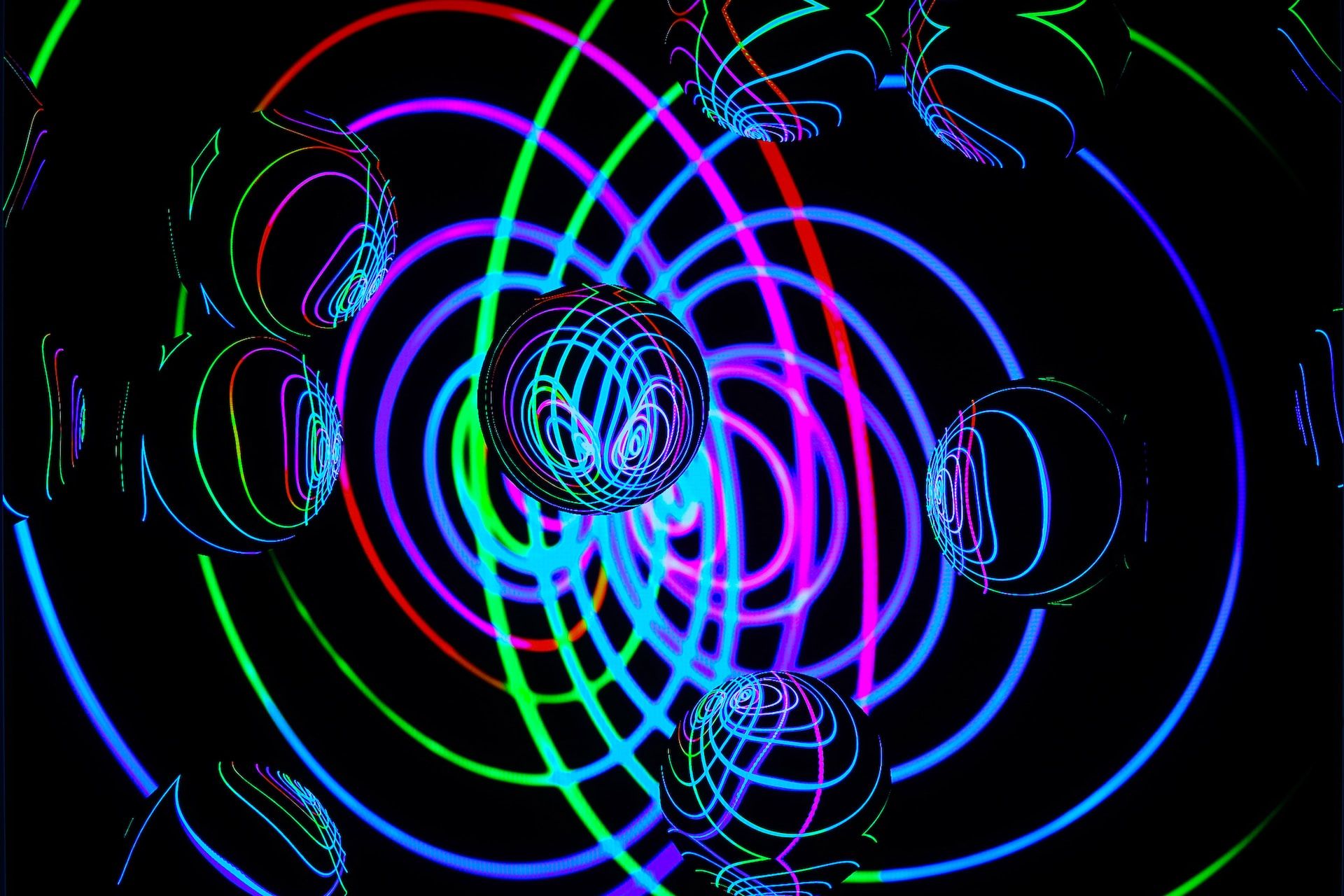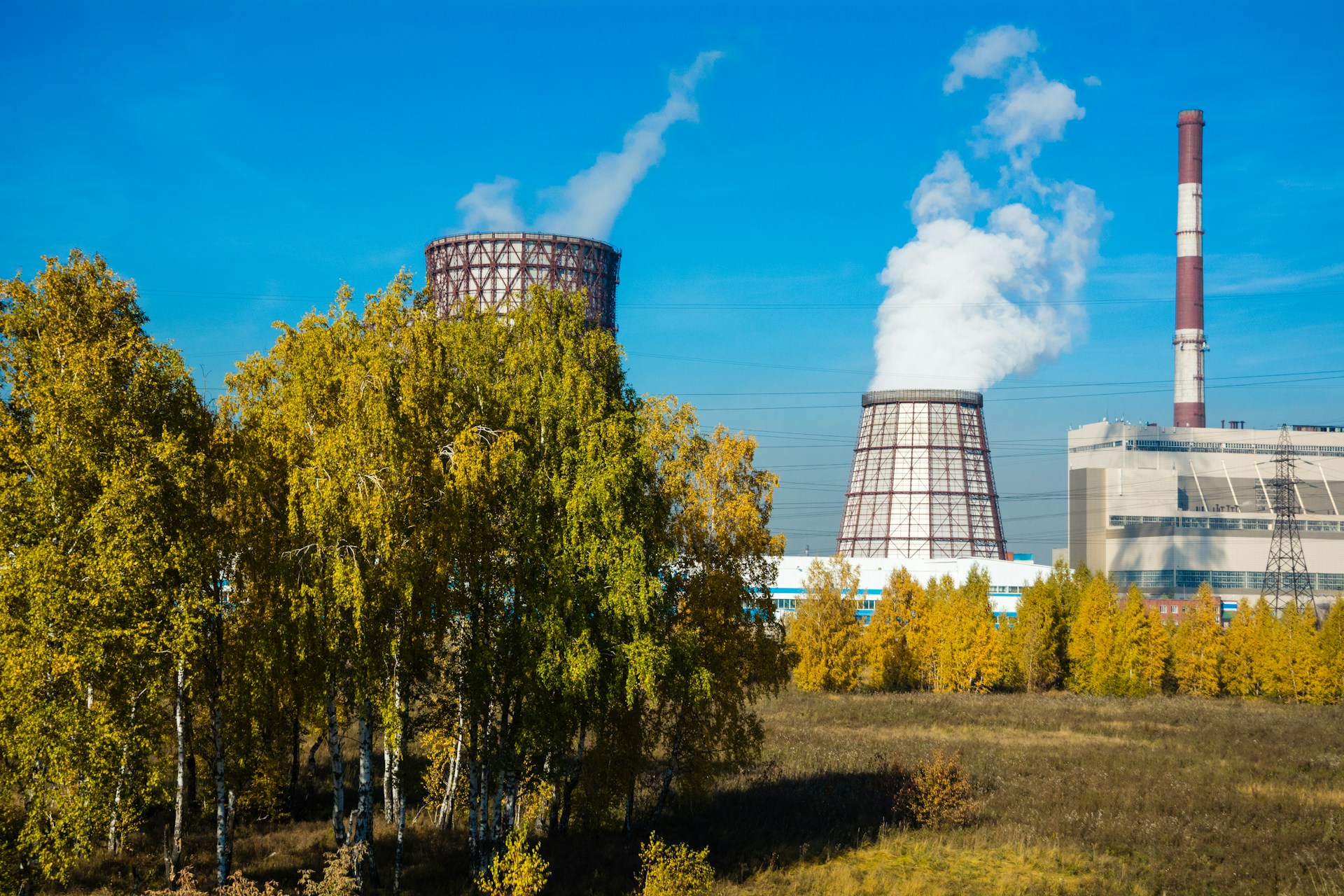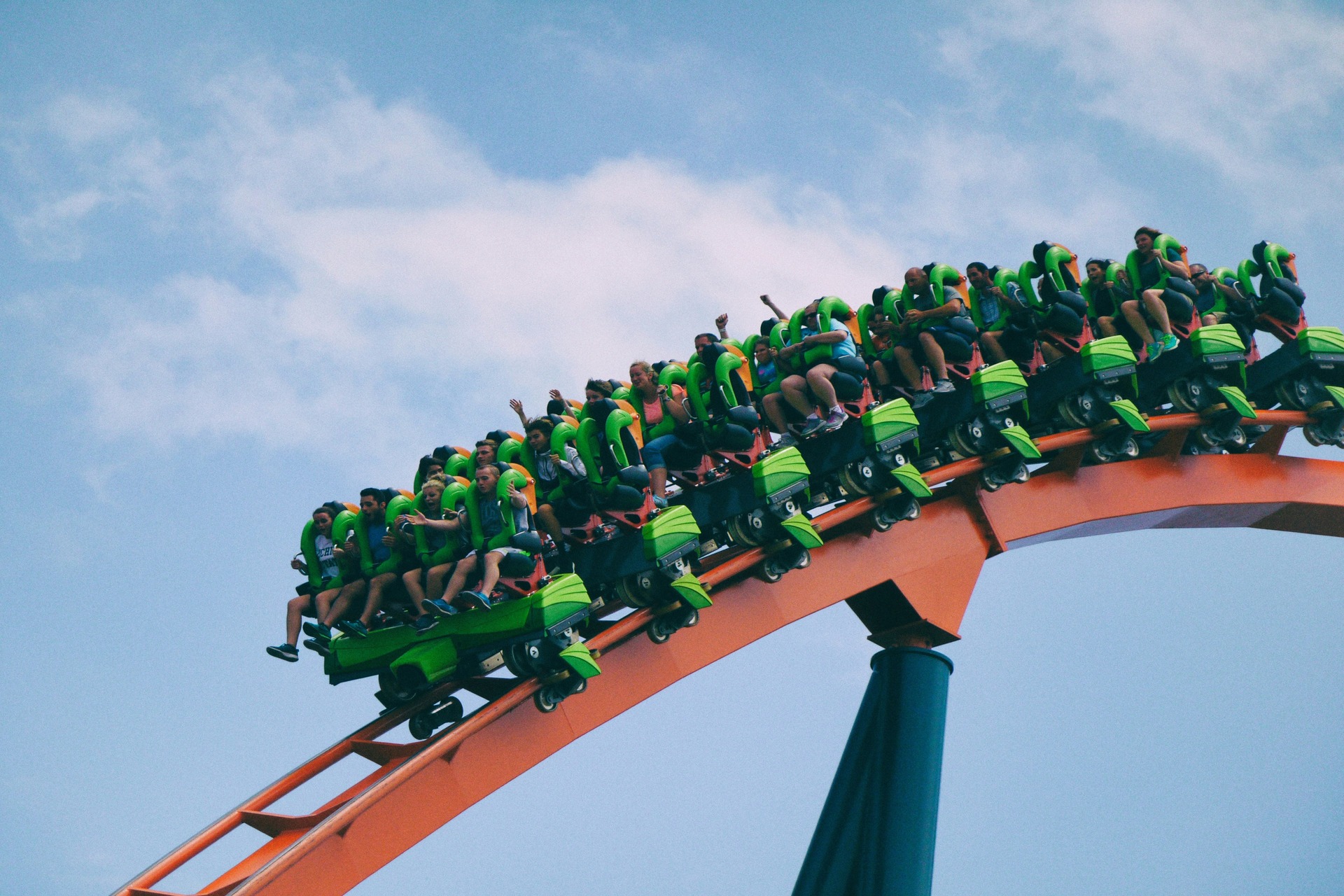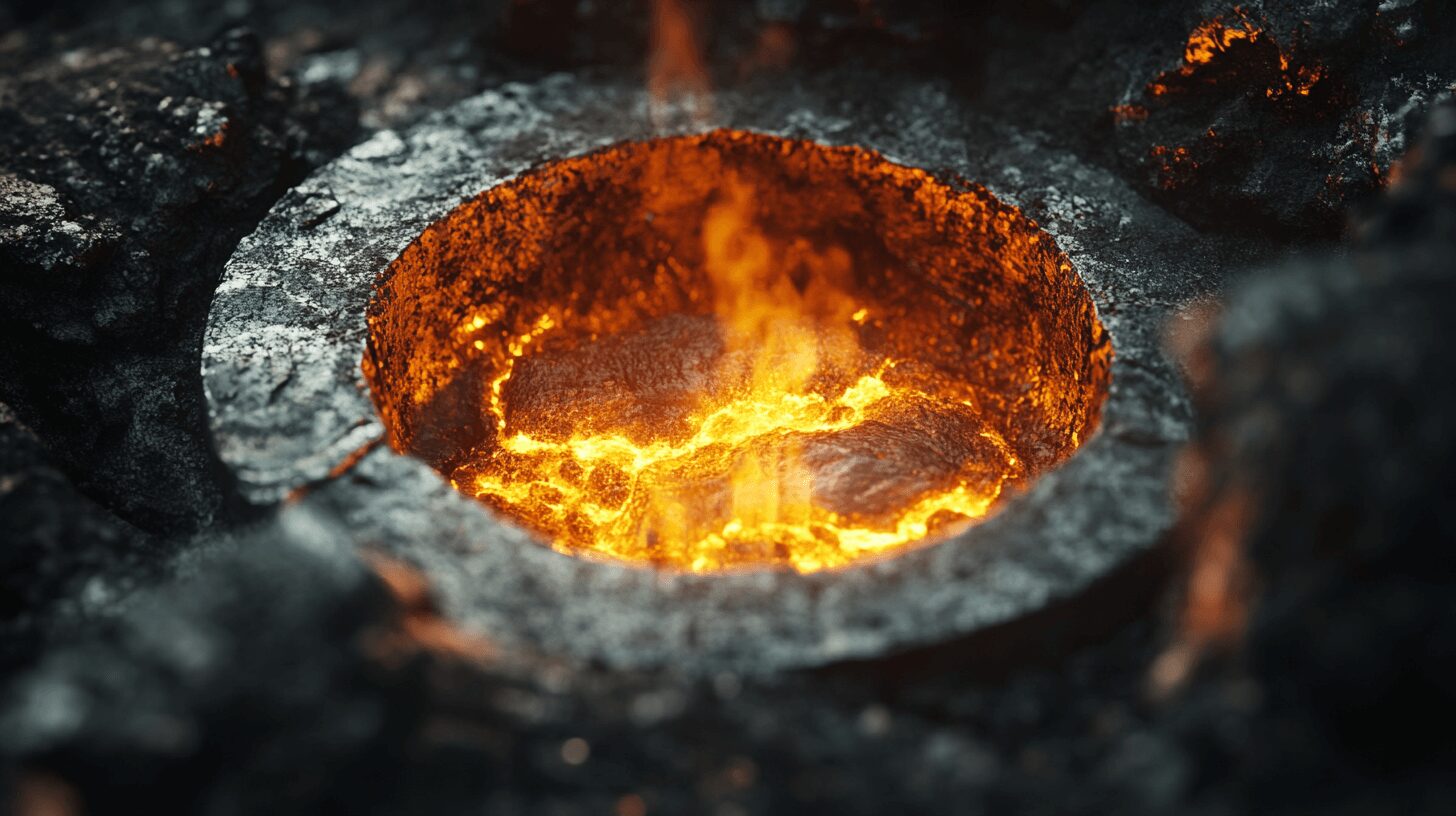
What Is Kinetic Energy?
July 2, 2020 - Emily Newton
Revolutionized is reader-supported. When you buy through links on our site, we may earn an affiliate commision. Learn more here.
Take a look around your right now. Is anything moving? Maybe it’s the ceiling fan rotating the air around you, or leaves stirring on the trees or clouds making their way across the sky. It could be the twitch muscles that control your hands as your scroll through your phone, or your heart beating in your chest. The world around us is constantly in motion, even when things look still. This is known as kinetic energy. What is it, where will you find it in your daily life and how can we harness it?
Laws of Motion and Kinetic Energy
At it’s most basic, kinetic energy (KE) is what an object has because it’s in motion. Everything that moves has some, but most things don’t generate their own. To understand this concept, we have to understand Newton’s laws of motion. You’re probably already familiar with the basics of the first law. It states than an object either in motion or at rest will remain that way unless acted upon by an outside force.
Following the first law of motion, if you throw a baseball, it will continue forward until acted upon by other forces. Here on Earth, that includes drag and gravity. If you took the same baseball and threw it in outer space, it could potentially continue on forever.
The energy of your throw remains in the baseball until it hits something. This is called potential energy, until it comes into contact with something. If it hits the ground, a player or an unfortunate bird, it transfers some of that energy to the object it strikes. This is kinetic energy.
Macroscopic vs. Microscopic
Scientists classify kinetic energy into two categories — macroscopic and microscopic. Macroscopic kinetic energy is much easier to observe. It’s what you’ll see in that baseball we talked about a moment ago. Two variables determine how much KE a device can store — speed and mass. A baseball moving at 100 mph is going to have more kinetic energy than a baseball moving at 50 mph. A bowling ball is going to have more kinetic than either of the baseballs.
Macroscopic kinetic energy even featured in Marvel’s “Black Panther” movie. Remember how T’Challa’s suit would collect energy that he could later release? That’s just KE at work.
Microscopic kinetic energy isn’t something you’re going to see with the naked eye. Instead, it plays a role in temperature and thermodynamics. The warmer something is, the faster its atoms vibrate. As it cools down, the motion between them slows. You’ll see this as a physical reaction in some cases. As water heats up, it turns into steam. When it cools off, the atoms stop moving and it turns into ice.
Harnessing Kinetic Energy
How can we harness kinetic energy and turn it into something useful? There are many ways to do this, some of which seem incredibly futuristic.
A lot of renewable energy sources utilize it in various ways. Wind power, for example, uses turbines to harness what’s generated by passing breezes. As the turbine spins, engines convert that energy into electricity we can use in our homes. Hydropower uses similar turbines in dams, generating energy as the water flows through them.
Kinetic energy doesn’t have to be on such a massive scale, though. Kinetic watches don’t need winding. Instead, they charge when you move the arm that wears it. When not in use, you can store it in a box that gently rocks the watch to keep it wound. Doctors are even looking at a pacemaker that uses the KE of a heartbeat to recharge the device’s battery. Traditionally, pacemakers use batteries that require replacement every five to 10 years. These little devices could reduce the frequency of necessary surgeries.
We’re constantly in motion, and researchers are looking for new ways to harness that energy. Fitness centers can use their exercise machines to generate electricity. Even dance clubs are installing floor panels that sink imperceptibly when you step on them, allowing them to take dancers’ kinetic energy and turn it into electricity to power the club.
The Energy of Motion
Kinetic energy might sound like a complicated scientific principle, but it’s something that shapes and powers the world around us. Every time you step on the floor, you’re transferring a little bit of KE from your foot to the ground beneath you. Every time your heart beats, it has the ability to power a pacemaker.
The next time you throw a ball, dance or move from one room to another, think about the kind of kinetic energy you’re generating. It’s an amazing force that has many applications in everyday life and one that can be used to power our world. Potential uses can open the doors to a better future.
Revolutionized is reader-supported. When you buy through links on our site, we may earn an affiliate commision. Learn more here.
Author
Emily Newton
Emily Newton is a technology and industrial journalist and the Editor in Chief of Revolutionized. She manages the sites publishing schedule, SEO optimization and content strategy. Emily enjoys writing and researching articles about how technology is changing every industry. When she isn't working, Emily enjoys playing video games or curling up with a good book.







